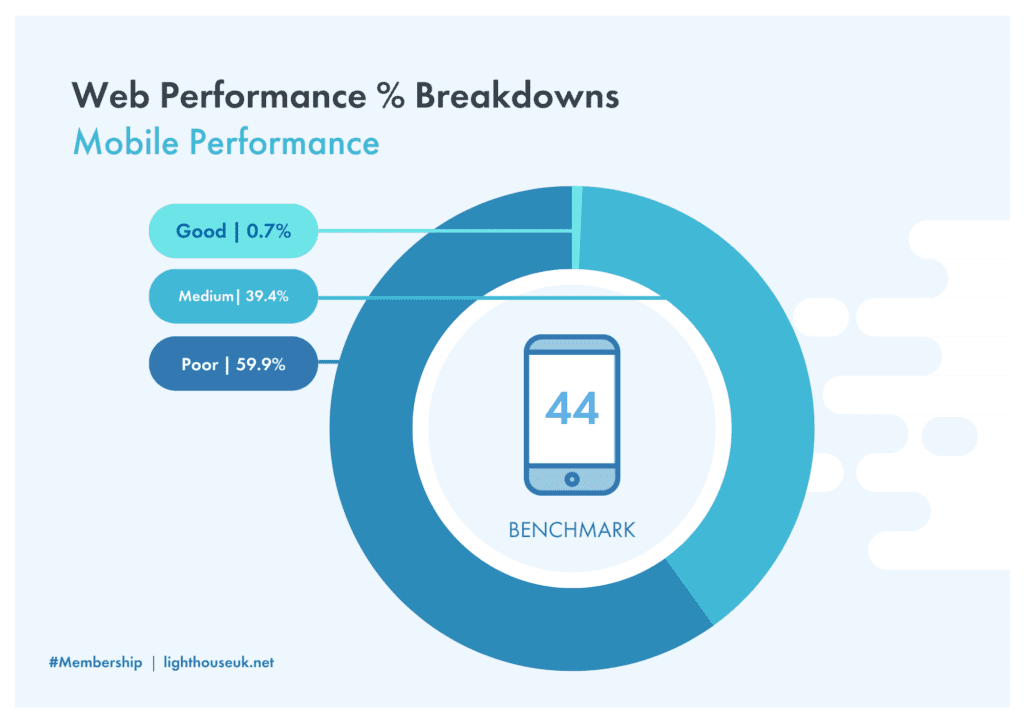Museums and galleries have been around for centuries, but in the digital age, they have taken on a new dimension through their online presence. Today, many institutions have robust websites that showcase their collections, provide educational resources, and offer virtual tours to a global audience.

Web performance matters to museums and galleries
However, while creating a website is essential, ensuring that it performs well is equally critical. In this post, we will discuss why website performance, particularly speed, matters to museums and galleries.
First impressions matter, and a slow-loading website can leave a bad one. Studies have shown that visitors tend to leave a site that takes longer than three seconds to load. This means that museums and galleries that fail to optimize their website performance risk losing their online audience. Given the high level of competition in the digital space, a slow website can lead to a loss of visitors, resulting in missed opportunities for engagement, ticket sales, and revenue.

Slow loading speeds negatively affect SEO
In addition to keeping visitors engaged, website speed can also affect search engine rankings. Search engines such as Google consider website performance as a ranking factor, meaning that a slow website may rank lower in search engine results pages (SERPs). This can make it difficult for potential visitors to discover the museum or gallery online, leading to a further decline in online engagement.
Slow-loading websites give a bad user experience
Another reason why website performance matters to museums and galleries is that slow-loading websites can negatively impact the user experience. Visitors may become frustrated with the website and leave, leading to a decrease in engagement and repeat visits. By contrast, a fast-loading website can enhance the user experience, making it easier for visitors to navigate, search for information, and engage with the institution.
Mobile first websites
Finally, website performance is also critical for mobile users. With more people accessing websites through mobile devices than ever before, museums and galleries must ensure that their websites are optimized for mobile. Mobile users tend to have even less patience for slow-loading websites, and a poorly performing site can lead to a decline in mobile engagement, resulting in missed opportunities for engagement and revenue.

In our research we found very few websites had a passable performance score on mobile devices. With less than 1% scoring a Good rating. You can download the full research document and get more insight on how the sectors performs as a whole.
A performance boost for Museums and Galleries
In conclusion, website performance, particularly speed, is critical for museums and galleries in the digital age. A slow-loading website can lead to a decline in engagement, search engine rankings, and revenue. By contrast, a fast-loading website can enhance the user experience, increase engagement, and drive revenue. Museums and galleries that invest in website performance optimisation are likely to see an increase in online engagement, which can help them expand their reach and impact in the digital space.
Don’t forget to share this post!